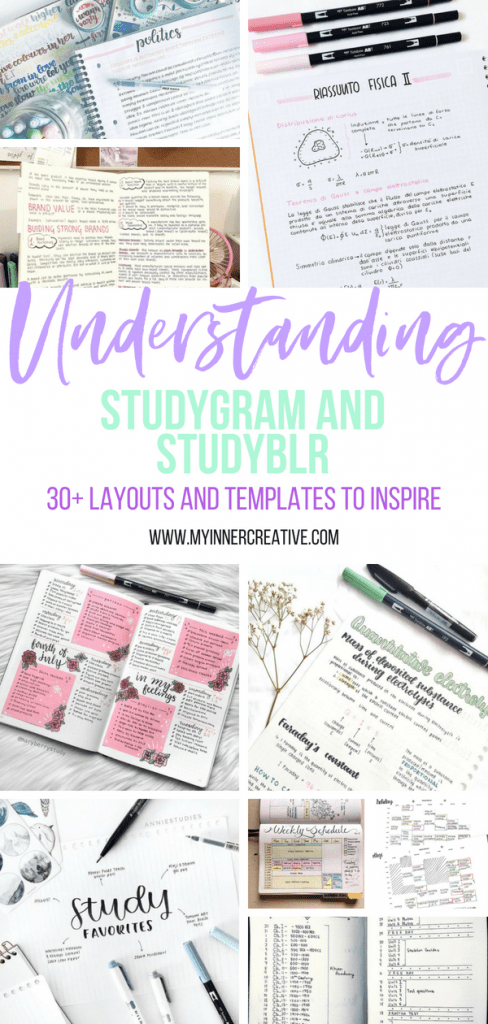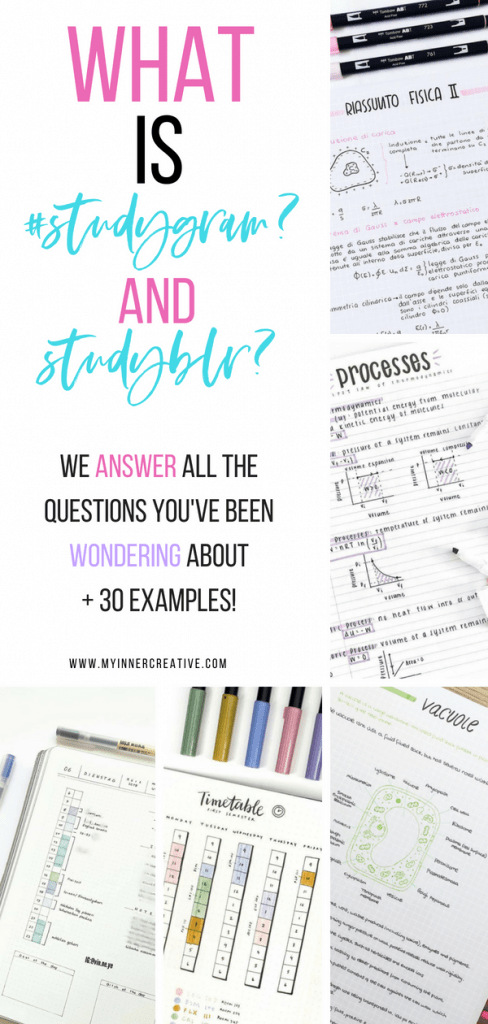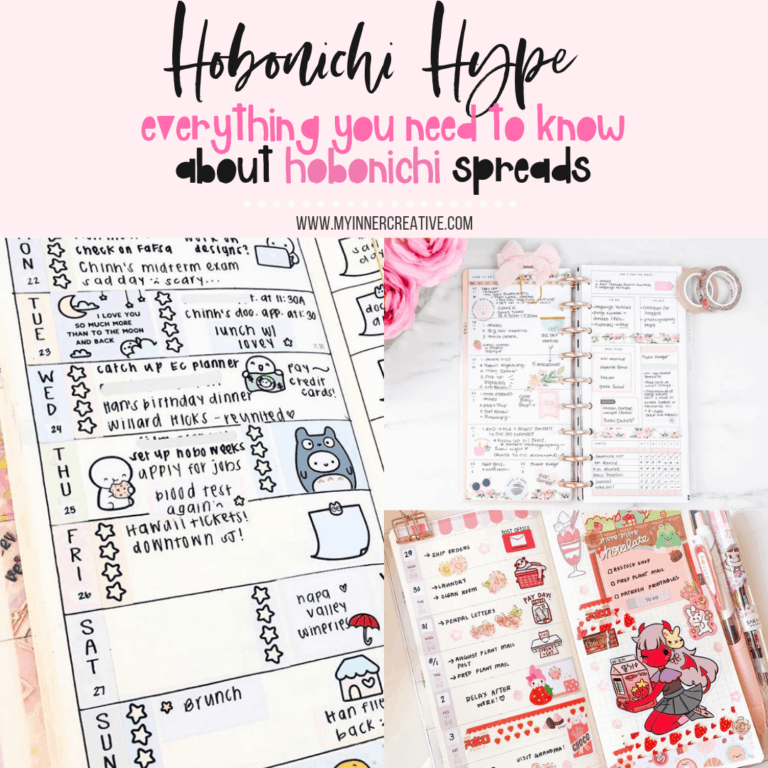What is Studygram and Studyblr? (30+ layouts and schedules for Students!)
In today’s fast-paced world, where students face increasing pressure to excel academically, finding effective study methods is crucial. Bullet journaling has emerged as a powerful tool to navigate the challenges of education. In this blog post, we’ll delve into how you can optimize your study routine through bullet journaling, explore the phenomenon of studygrams on social media, and examine their influence on the study community.
If like us, you have seen the popularity of Studygram take flight, and have been asking yourself “What is Studygram and Studyblr?”. Then you have come to the right place! These are questions I was asking myself, as I saw studygramming and studyblr EVERYWHERE and had absolutely no idea what what it was! I am a bullet journalist, not a study grammer! is there a different between bujo and studygram? Do you have to be creative? Essentially it came down to – what is it!?
I have divided this post into two parts:
Part 1: What is Studygram and Studyblr? with over 20 amazing accounts to check out
Part 2: How can I create a great study schedule with studygram?
What is Studygram and Studyblr? (#studygram)
Lets start at the basics, what is the history of studygram. #studygram can really only go as far back as the start of Instagram and Twitter. But if you look back since the inception sharing study notes? I remember BAAAAAAAACK in the day, I used to share my study notes with my friends because they were always fun and colorful and fill my textbooks and pages. People liked them because they were easy to read and really put all the information on the page.
Now we fast forward to 2018, and there is all this social media around and sharing study notes is a breez, and now there are FAR more creative people than me sharing notes with not only the class – the world!
So simply, #studygram is a hashtag used to share study notes, and “studygram” or “studyblr” is a blog dedicated to the notes you are taking in your studies.
Using bullet journaling for your studies
Bullet journaling is a versatile and personalized approach to studying that helps students organize their academic lives effectively. Start by creating a designated study section in your bullet journal. Develop study spreads that suit your learning style, incorporating elements like study schedules, subject-specific trackers, and goal-setting pages. Emphasize time management techniques to allocate study sessions efficiently and maximize productivity.
- Study Schedule: Create a weekly or monthly study schedule that outlines your study sessions, class times, and extracurricular activities. A well-planned schedule will ensure you allocate adequate time to each subject while maintaining a healthy study-life balance.
- Subject-Specific Trackers: Utilize trackers to monitor your progress in each subject. These can include study hours, completed assignments, and revision progress. Trackers provide valuable insights into your strengths and areas for improvement.
- Goal-Setting Pages: Set realistic academic goals, both short-term and long-term. Break down larger objectives into manageable tasks and celebrate your achievements as you complete them.
Why do people use studygram or studyblr?
They use it to motivate themselves
To stay accountable
To share notes from similar courses
To share a love for stationery
Share study tips
An number of students said that using studygram creates a community around them and makes studying not feeling so lonely!
You don’t have to feel shy or ashamed of your goals! (including that goal of wanting to literally be a rocket scientist!)
Seeing others with their notes and information is a motivation or inspiration for others to study
Designing Your Ultimate Studygram:
Studygrams, study-themed Instagram accounts, have gained immense popularity among students seeking inspiration and motivation. Designing your studygram requires thoughtfulness and creativity. Showcase your study aesthetics while also keeping your academic journey authentic.
- Study Notes: Create visually appealing and organized notes that capture key concepts. Experiment with different styles, color-coding, and highlighting techniques to make your notes engaging and easy to review.
- Study Setups: Share photos of your study space, complete with essential study tools and decorations that inspire productivity. A well-organized study setup can influence your mindset and focus during study sessions.
- Captions and Study Tips: Engage your audience with insightful captions and study tips. Share your study methods, time management strategies, and techniques for staying motivated during challenging times.
Why is studygram so popular?
with over 2.1 million post on instagram, studygram has become a popular topic and hashtag to use. Studygram accounts grow quickly and many of them are absolutely gorgeous. It seems as though the key reasons for using a studygram account is for the amazing and supportive community – much like with bullet journaling – and then sharing your notes and stationery obsession.
The Power of Accountability and Community:
Engaging with the studygram community fosters accountability and mutual support. Connect with like-minded individuals who share similar academic goals and challenges. Here’s how to make the most of your studygram community:
Study Challenges: Participate in study challenges organized by studygrammers. These challenges encourage productivity, create a sense of community, and introduce you to new study techniques.
Study-with-Me Sessions: Host or join study-with-me sessions, where you study alongside others virtually. This virtual study environment can boost motivation and accountability.
Peer Feedback and Support: Seek feedback on your study methods and provide support to others. Celebrate each other’s accomplishments and offer encouragement during tough times.
Balancing Studygram Aesthetics and Realistic Study Habits:
While aesthetics are appealing on social media, it’s crucial to maintain a balance between creativity and productivity. Avoid sacrificing study time for the sake of perfect aesthetics. Instead, focus on creating meaningful content that reflects your academic growth.
- Authenticity: Embrace your unique learning journey and academic challenges. Share both successes and setbacks, encouraging others to do the same.
- Time Management: Allocate dedicated time for studygram content creation while prioritizing your academic commitments. Utilize time management techniques to strike a balance.
Why does it seem like all the accounts are pretty and creative?
Well! There is science here. Science shows that if you study with only a black or blue pen, you brain is less likely to absorb the info, so its better to use the bright colors because you are more likely to have them absorb in! So this might be why it seems the accounts seem colorful. However like with bullet journaling you are going to end up comparing yourself at some point, dont. Check out this post we did on messy handwriting. What I like about studygram is that is not just for one type of learner or learning style, it showcases all the different sorts of learning styles available to us as humans.
Coping with Studygram Comparison and Overwhelm:
As studygrams gain popularity, some students may experience comparison and overwhelm. Here’s how to cope with these challenges and maintain a positive studygram experience:
Self-Compassion: Be kind to yourself and remember that everyone’s learning journey is different. Celebrate your progress and achievements, no matter how small.
Studygram Inspiration:
Use studygram content as a source of motivation and inspiration. Instead of comparing yourself, draw motivation from the success stories and learning strategies shared by others.
Tips for Harnessing Social Media Positively: Social media can be a valuable tool for learning and motivation when used mindfully. Make the most of studygrams and social media to enhance your academic journey:
- Curating Your Feed: Follow studygrammers who share content relevant to your academic interests and goals. Curate your feed to inspire and motivate your studies.
- Educational Content: Engage with educational content from academic institutions and experts in your field of study. Use social media platforms as a resource for learning and expanding your knowledge.
What should you post on a studyblr or studygram?
Usually, and while it is totally dependent on the account, images of your study notes, stationery etc. It seems as though there is a stong overlap of bullet journals and studygrammers as quite often they are doing both! If you are looking for bullet journal inspo we absolutely have you covered on this blog – just head over to our getting started page! Another good thing to post about is your progress, and be honest if you are falling behind or struggling.
Embrace the power of bullet journaling in your academic journey and explore the world of studygrams for motivation and inspiration. By implementing the bullet journal study system, designing an authentic studygram, and engaging with the studygram community, you’ll find support and accountability in your academic pursuits. Balancing aesthetics and productivity will create a meaningful studygram experience that reflects your growth as a student. Remember, the journey of learning is unique for each individual, so stay true to yourself and make the most of studygrams to enhance your academic success. 📚📓💡
Part 1: What is Studygram and Studyblr: Featured #studygram accounts




•
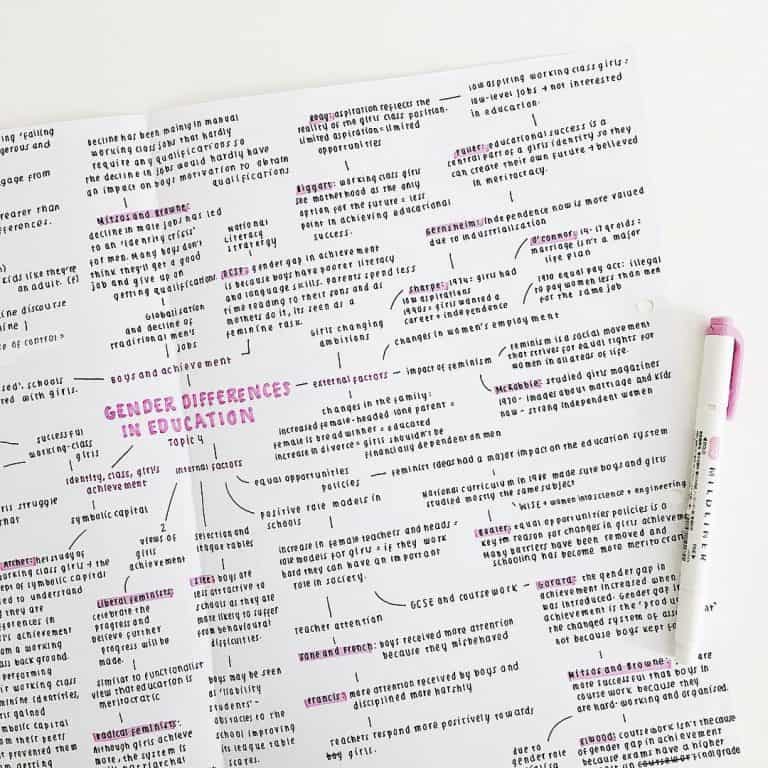











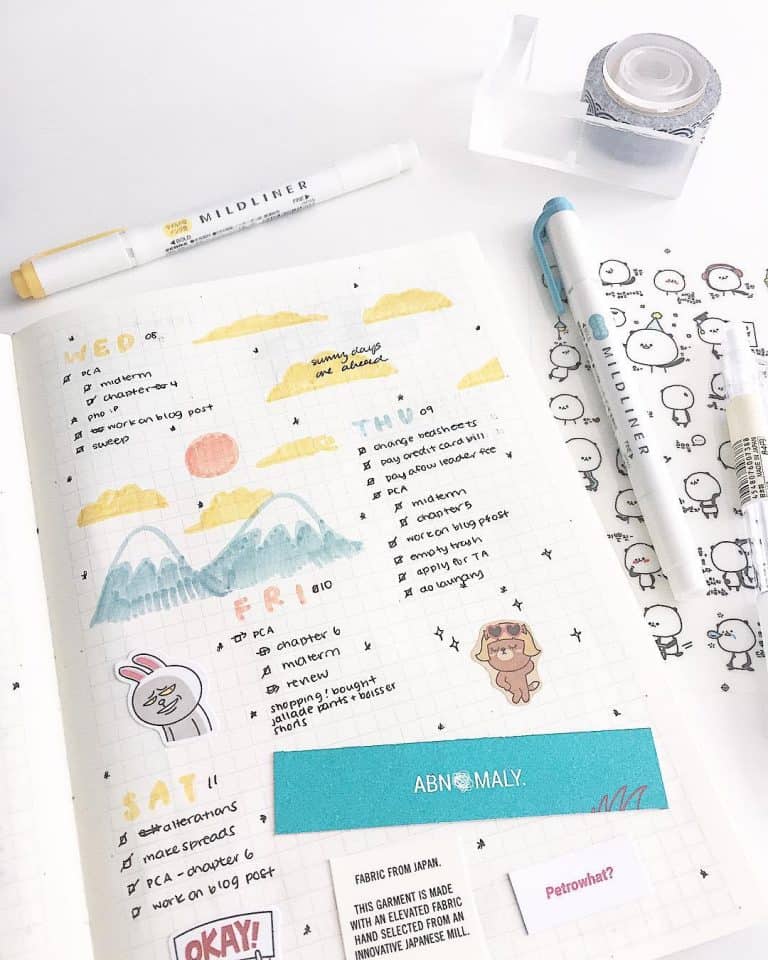





Part 2: Creating the perfect schedule for your studies or homework
In the first part of this we looked at “What is studygram and studyblr?”. Lets be honest – we know how hard it can be creating time to study – I remember when I was studying I would create these intricate excel spreadsheets of times that my mother would print out for me so she knew when I was studying like a machine or when I could potentially slack off a little. I had a massive white board in my room where I would pop my post-it notes and study schedule and notes on. I was really into studying.
The keys to a successful study and studygram schedule
- Work out what your style of studying is? Is it structured or unstructured. Do you take heaps of notes or summarize? This will help you determine how much time you need.
- Set yourself realistic goals. There is no point in saying you will study for 12 hours straight when we both know that aint going to happen.
- Create a dedicated space for studying, somewhere quite and tailored to your study needs
- Try the pomodoro (tomato) study method –
It is a time management method developed by Francesco Cirillo in the late 1980s.[1] The technique uses a timer to break down work into intervals, traditionally 25 minutes in length, separated by short breaks. These intervals are named pomodoros, the plural in English of the Italian word pomodoro (tomato), after the tomato-shaped kitchen timer that Cirillo used as a university student.
There are six steps in the original technique:
- Decide on the task to be done.
- Set the pomodoro timer (traditionally to 25 minutes).
- Work on the task.
- End work when the timer rings and put a checkmark on a piece of paper.
- If you have fewer than four checkmarks, take a short break (3–5 minutes), then go to step 2.
- After four pomodoros, take a longer break (15–30 minutes), reset your checkmark count to zero, then go to step 1.
Featured studyblr and studygram schedules and timetables:
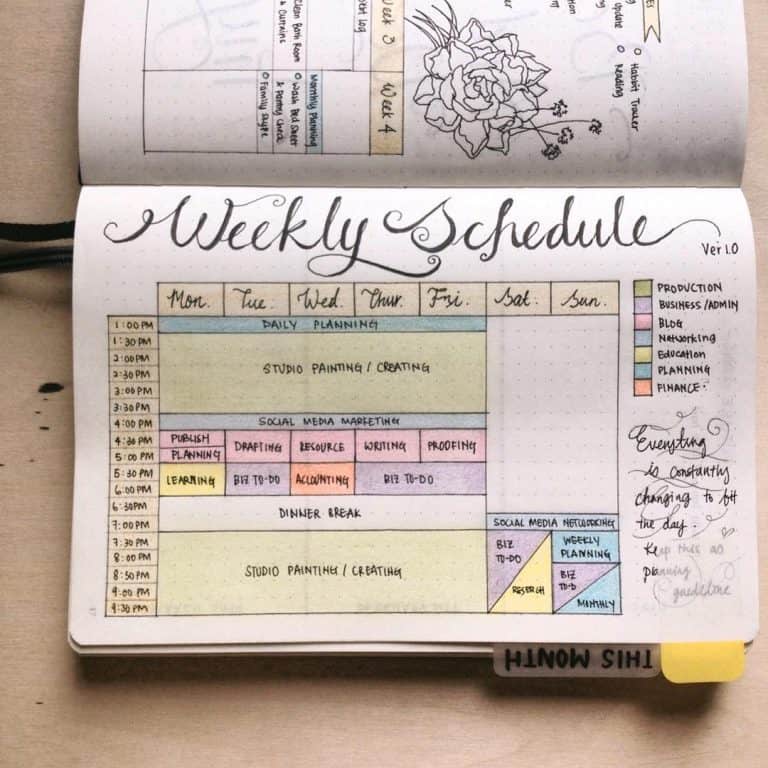


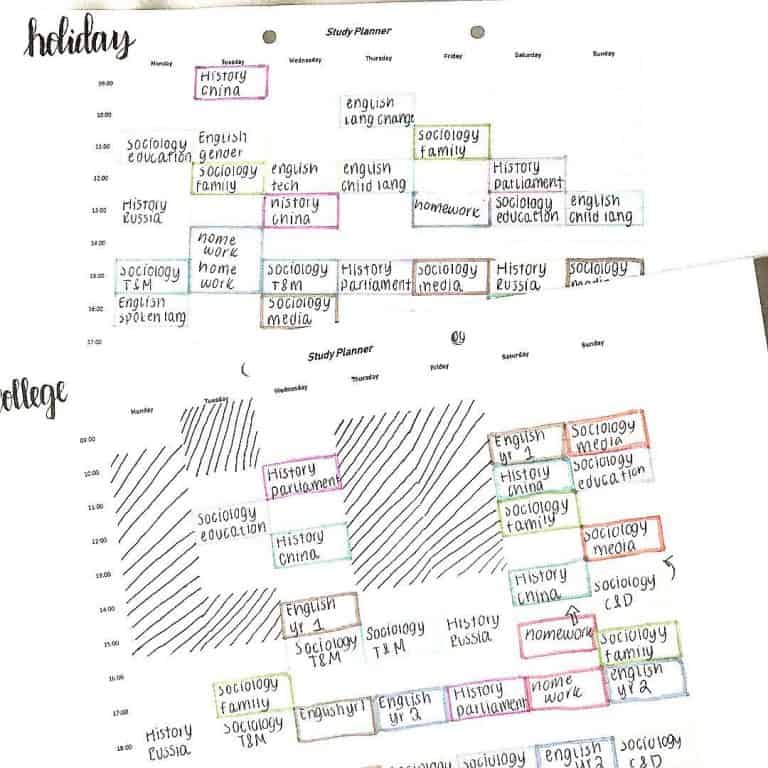
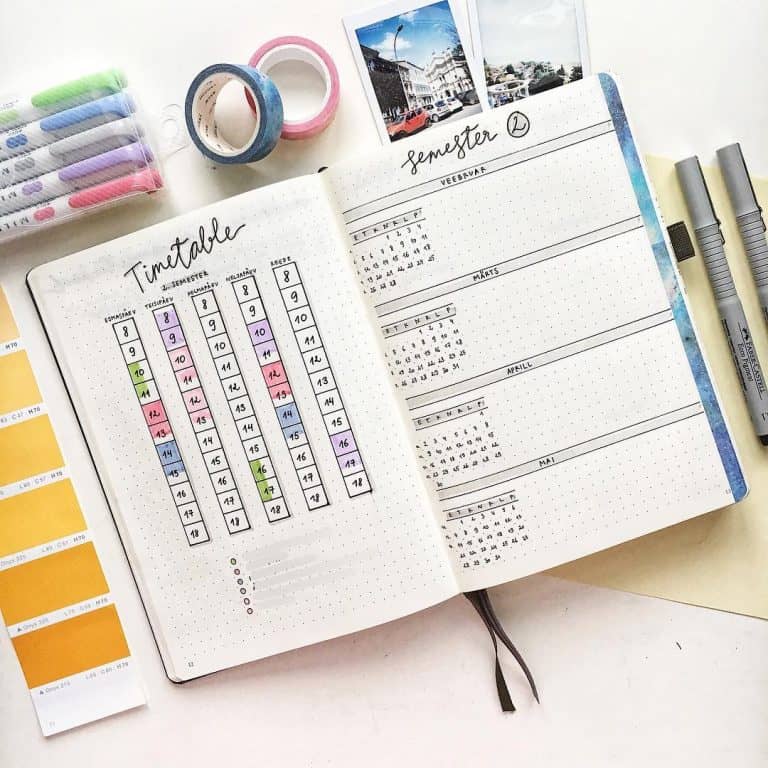


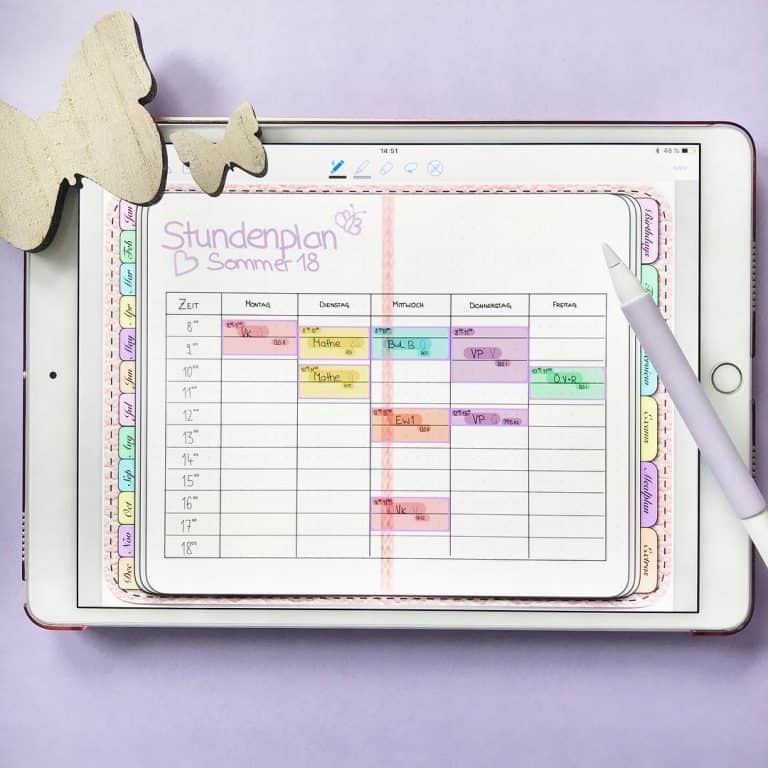
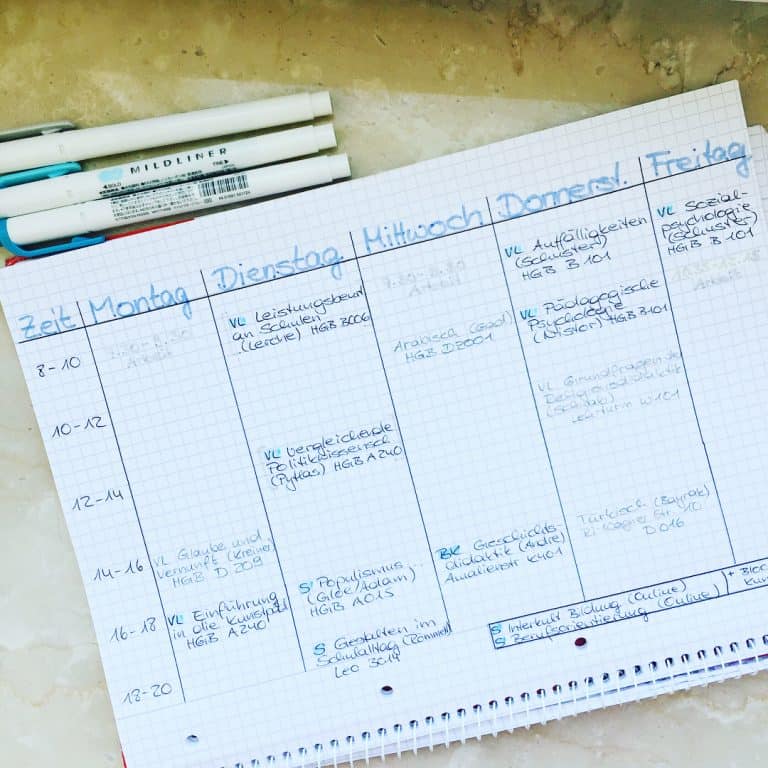

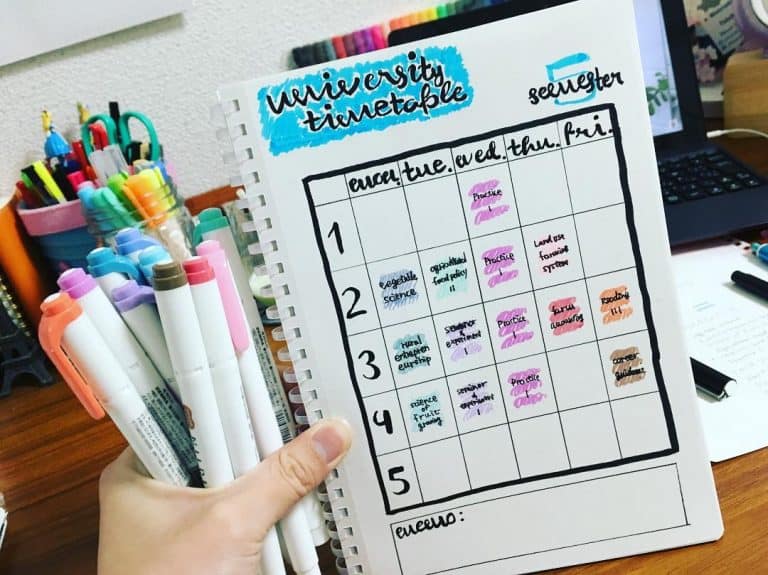
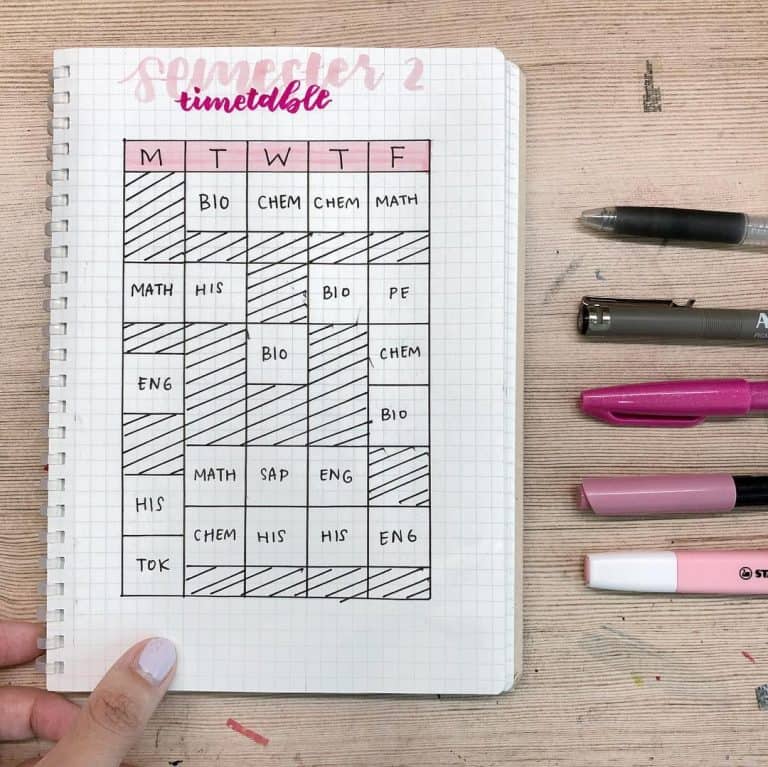
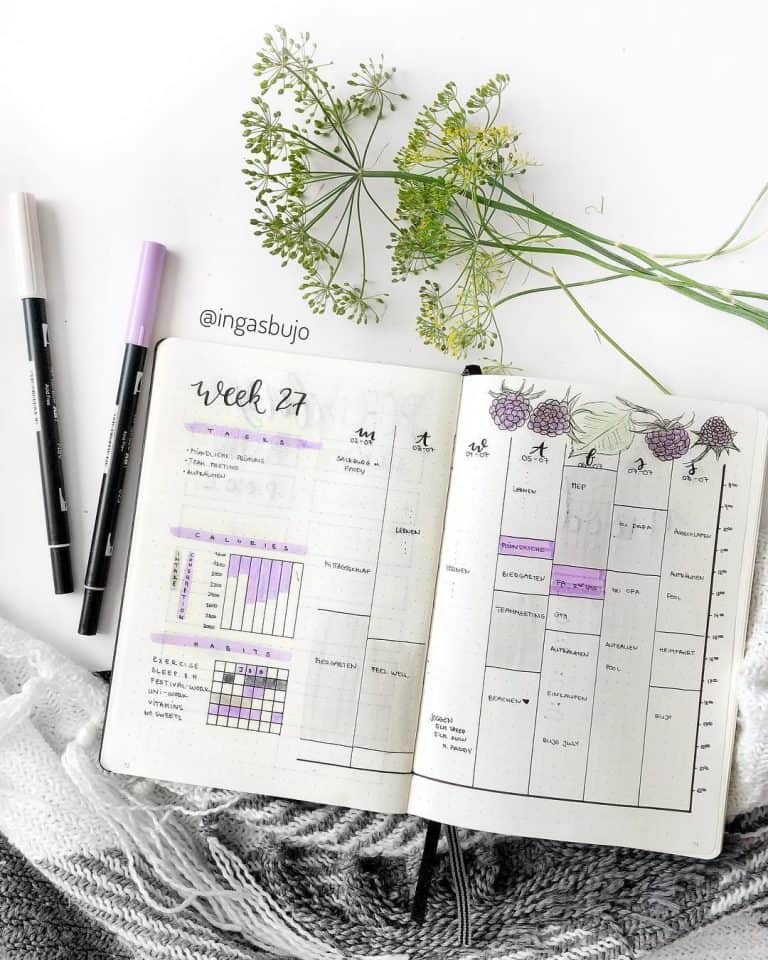

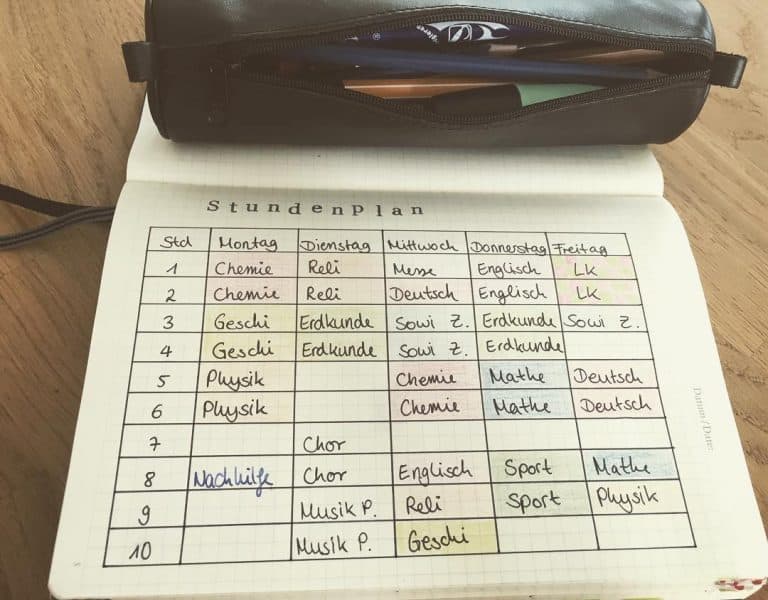
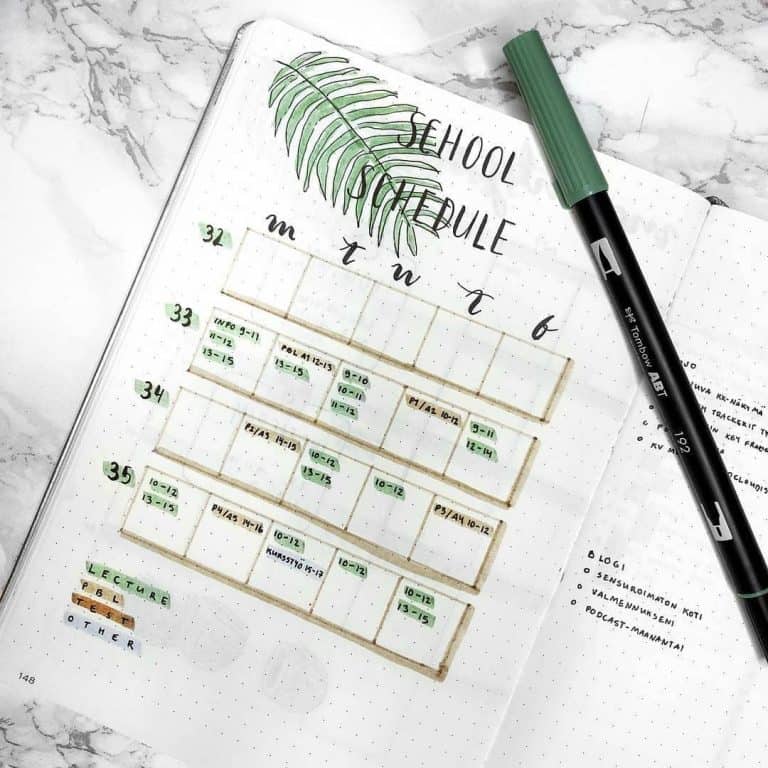
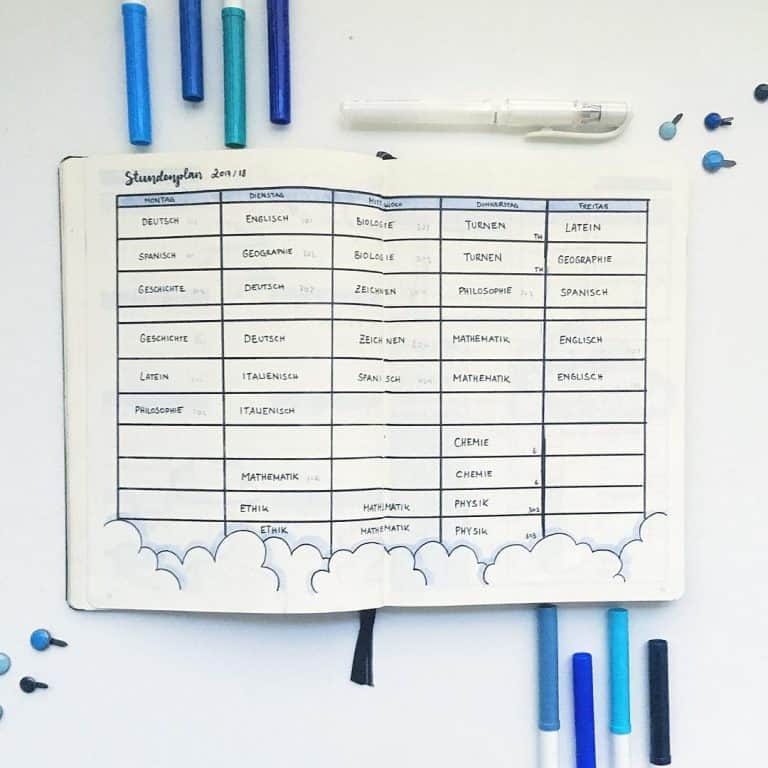


What are some other popular studygram hastags?
Thanks to display purposes:
